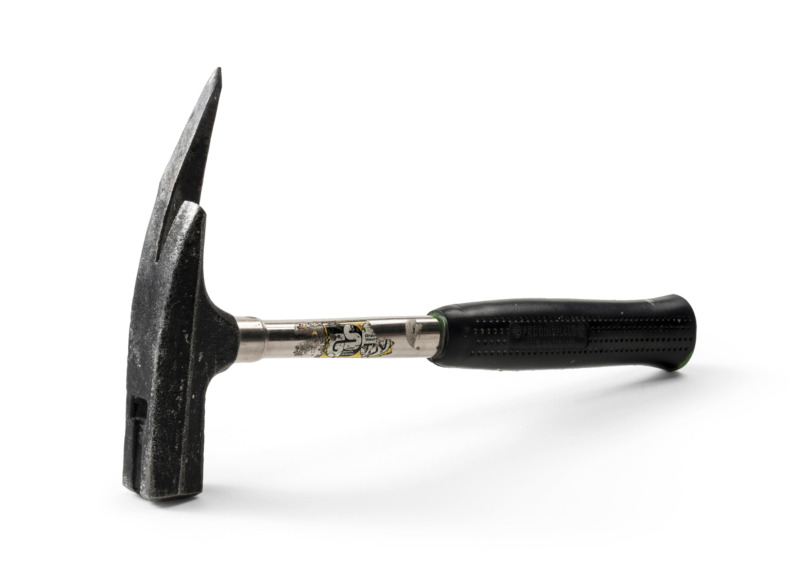With his 1959 publication “Die autogerechte Stadt” (The car-friendly city), architect and urban planner Hans Bernard Reichow helped to popularise this now highly controversial concept of car-oriented transport planning.
The realisation of the concept in numerous German cities over the following decades did not always live up to Reichow’s ideas. He proposed the alternative concept of the “car city on a human scale”. The starting point for his ideas was the very high number of traffic fatalities on German roads in the 1950s – in the introduction he speaks of 12,000 a year. One of the main demands of this work was therefore the separation of pedestrian, bicycle and car traffic.
For Reichow, transport planning was “part of an organic design of life and the environment” – a conviction that can be derived from his professional career. In the 1920s, Reichow worked for Eric Mendelsohn, a representative of organic architecture. Under National Socialism, he was involved in the “General Plan East” and was an advisory member of the “Working Group for the Reconstruction of Bomb-Destroyed Cities” headed by Albert Speer. The latter envisaged a redesign in line with National Socialist urban planning, in which mass motorisation played a major role. For Reichow, even after the war, a “U-turn towards “total traffic planning” (…) was an imperative”. He saw traffic lights and traffic signs as an evil that overwhelmed drivers: “The traffic light robots are dangerous time robbers that humiliate people in their dignity”.
Built in the 1970s, the Leipziger Straße residential complex in Berlin-Mitte is a prime example of urban planning in the spirit of the “car-friendly city”, which was also dominant in the GDR for a long time. It is now housing the Werkbundarchiv – Museum der Dinge since December 2023. However, the traffic turnaround has not left the new neighbourhood unscathed. Niederwallstraße, which leads past the museum onto Leipziger Straße, recently became a cycle lane. Despite these small changes, the car still sets the tone in the eight-lane main thoroughfare. The “(car) city on a human scale” is still waiting to be realised.

